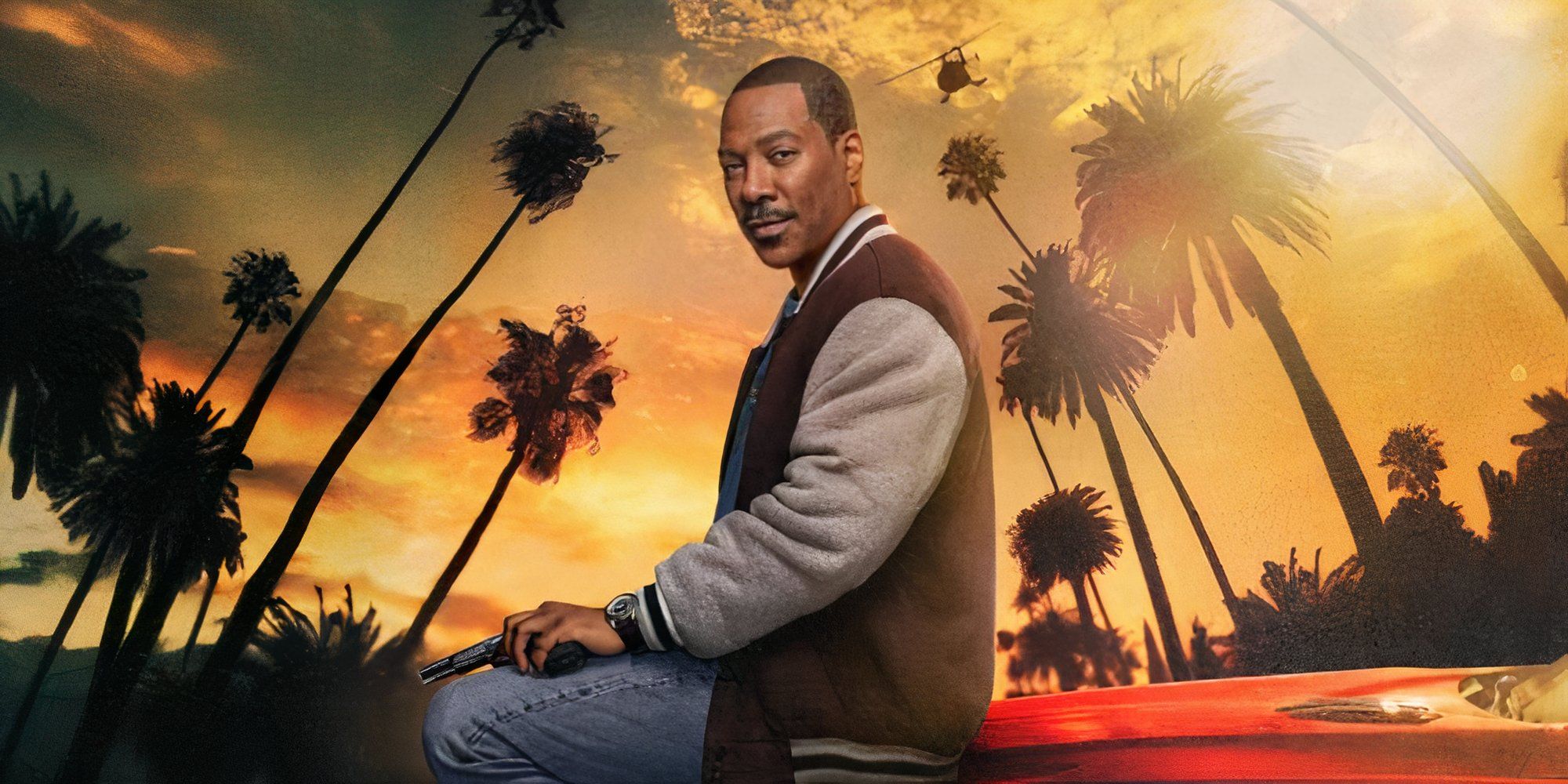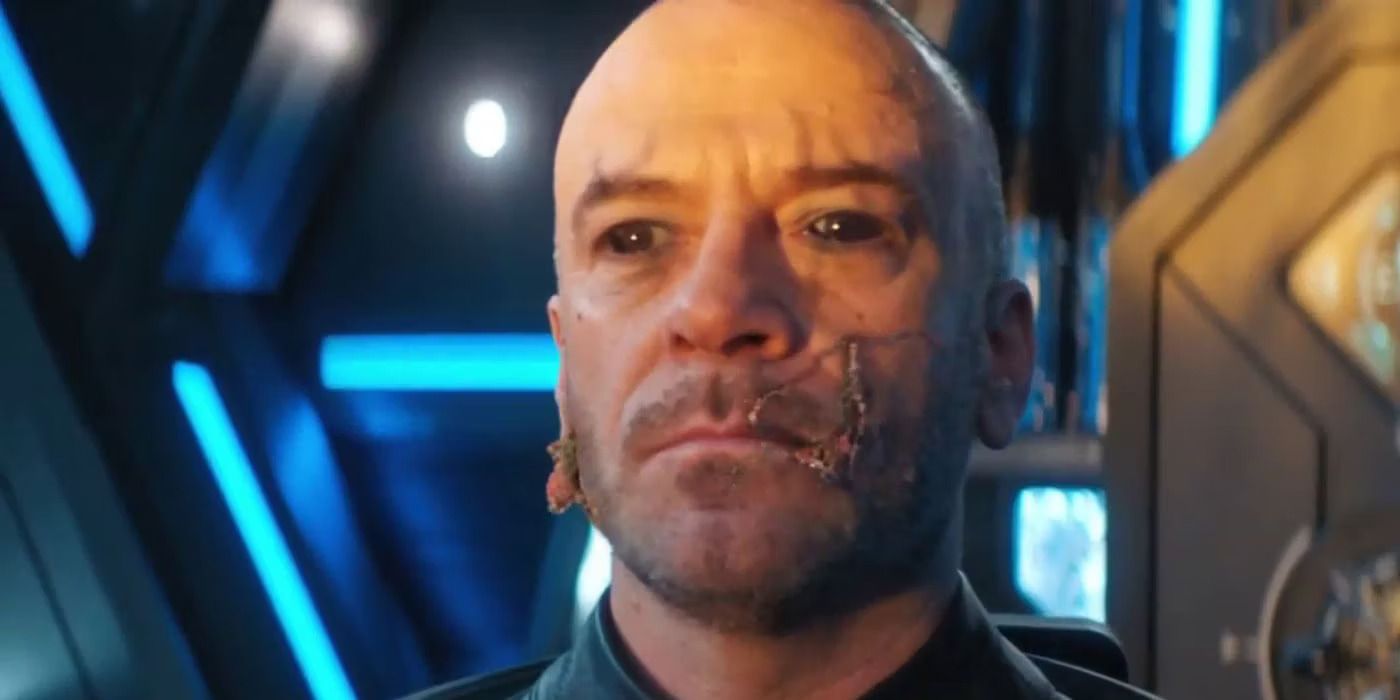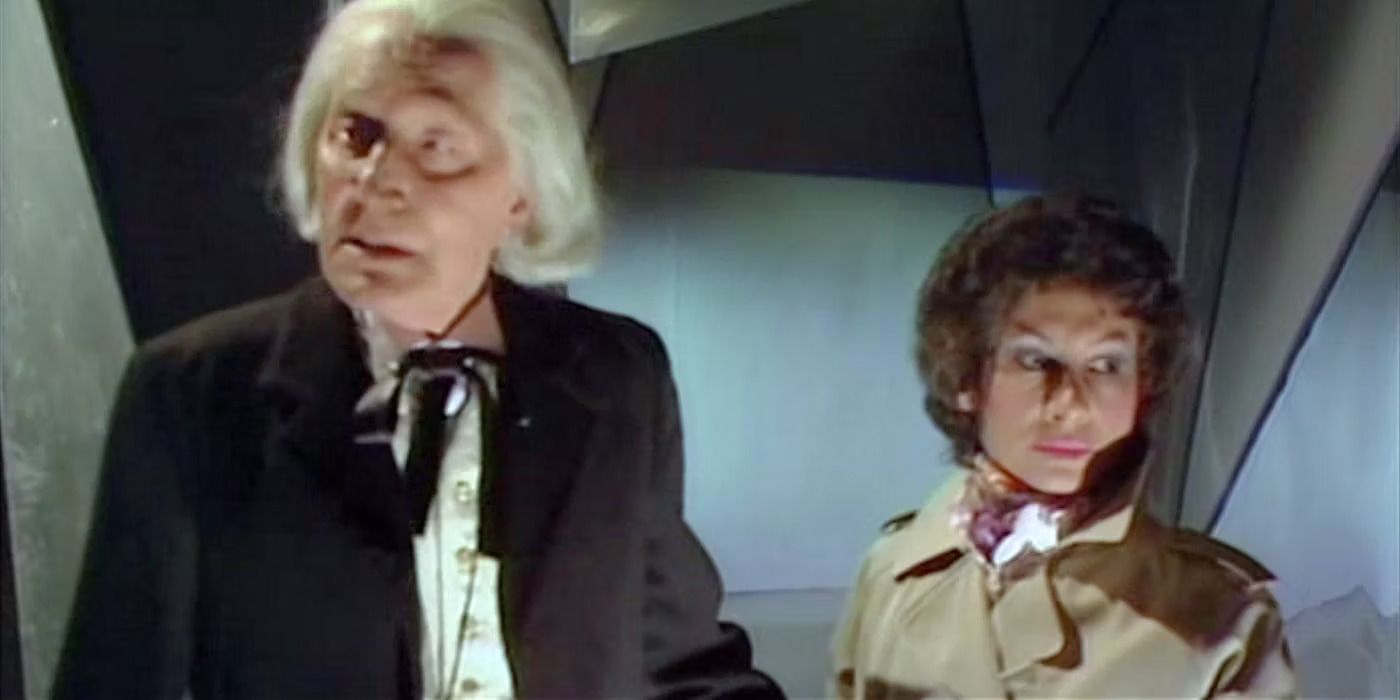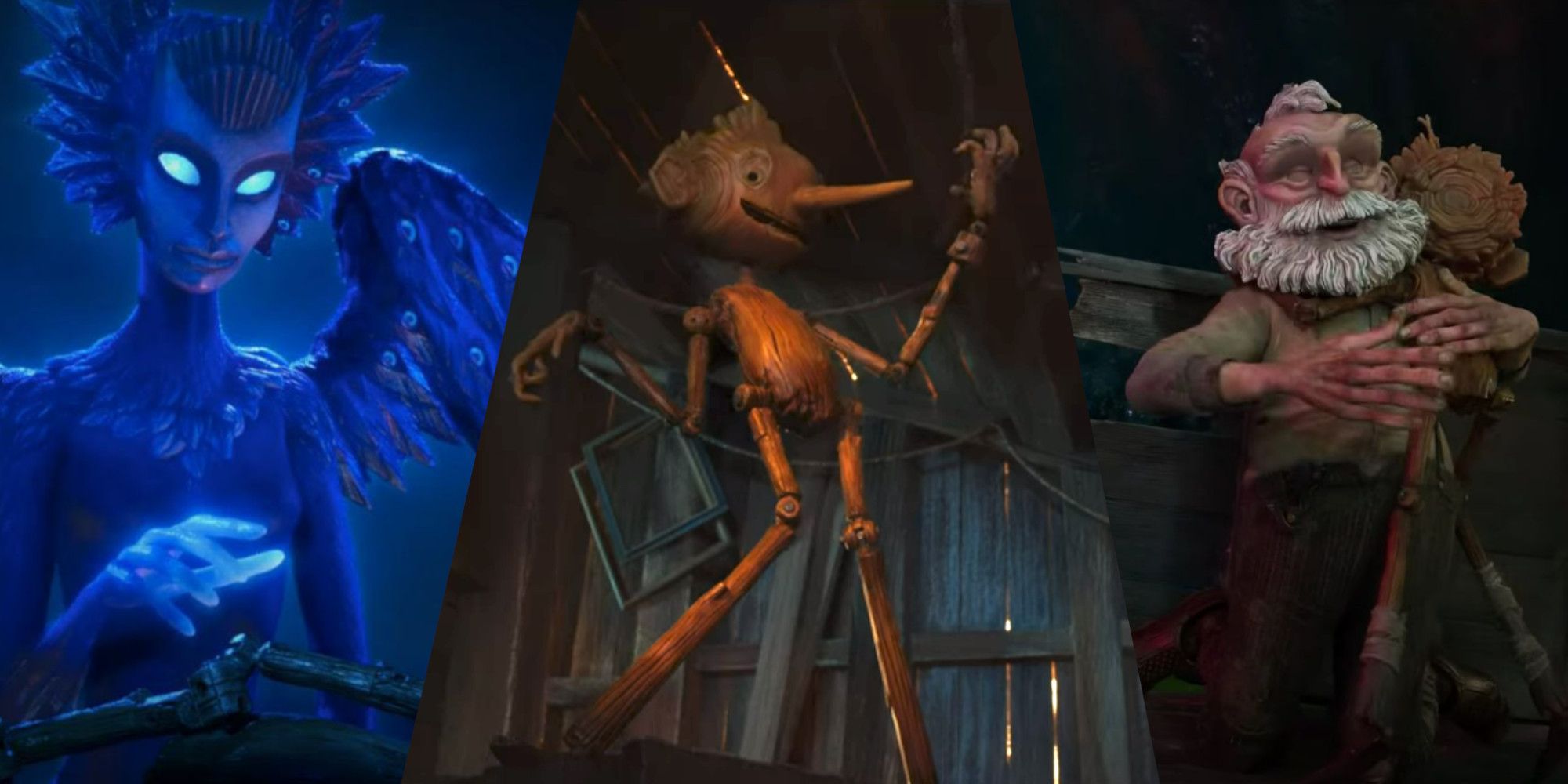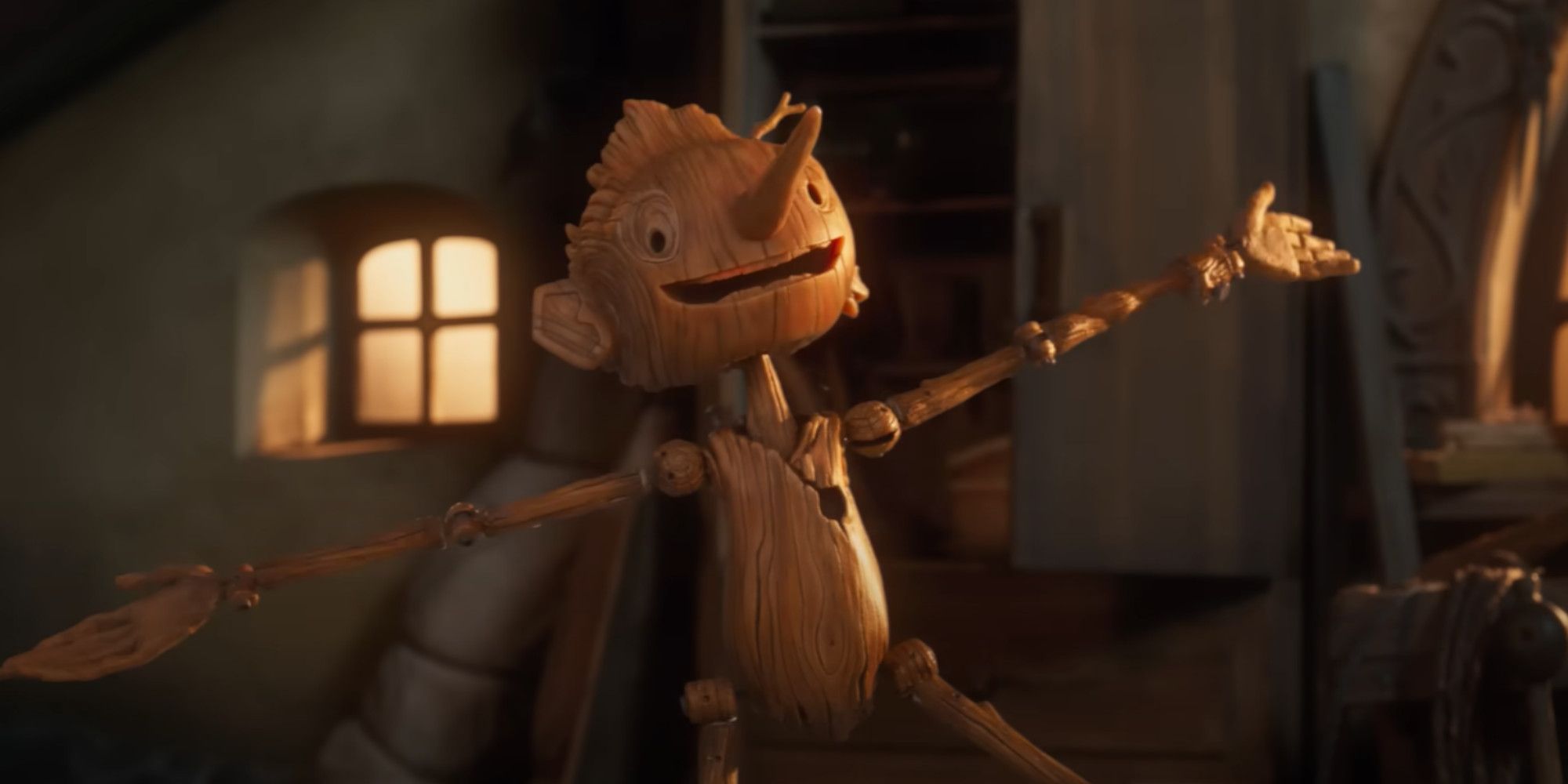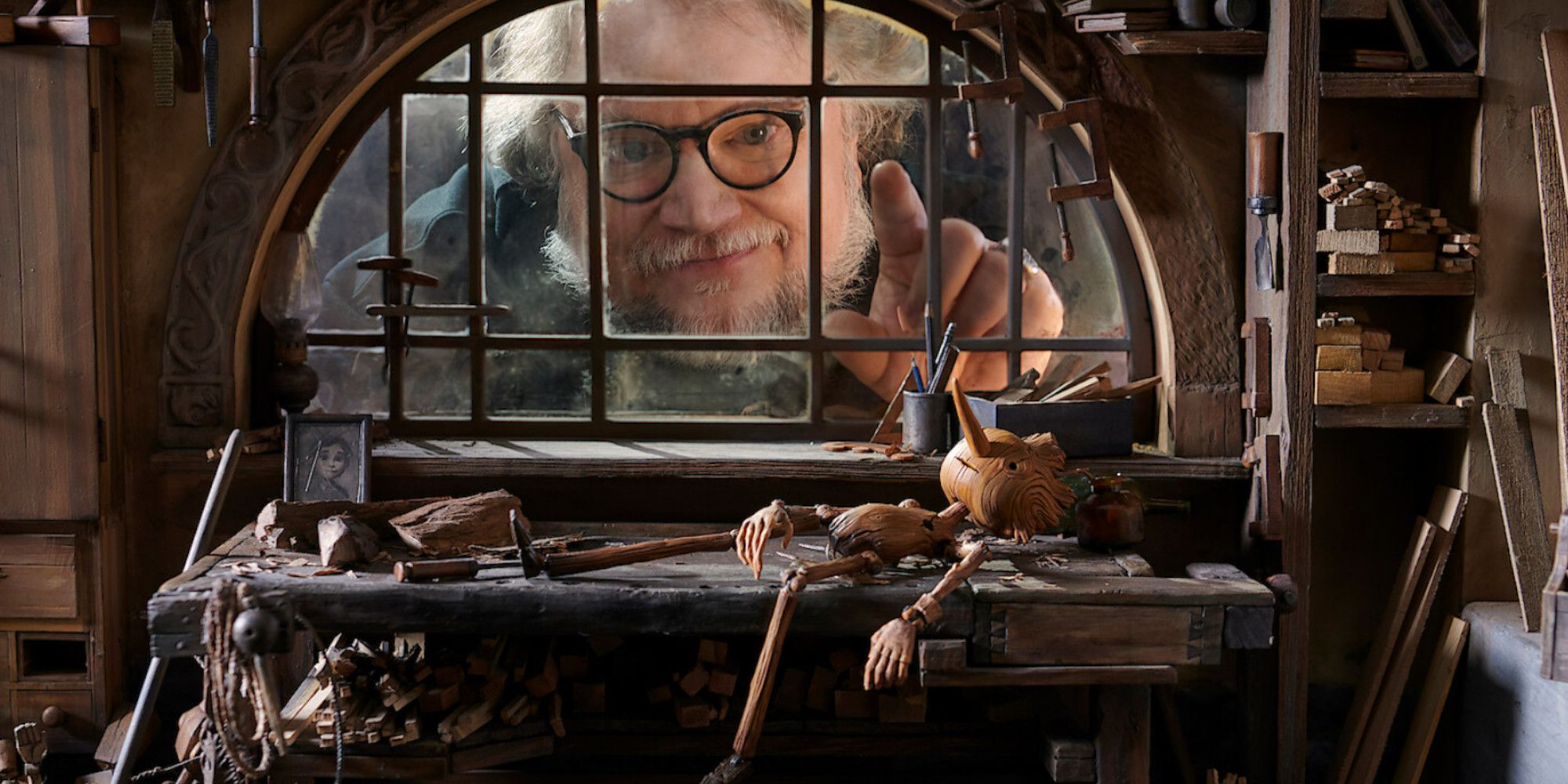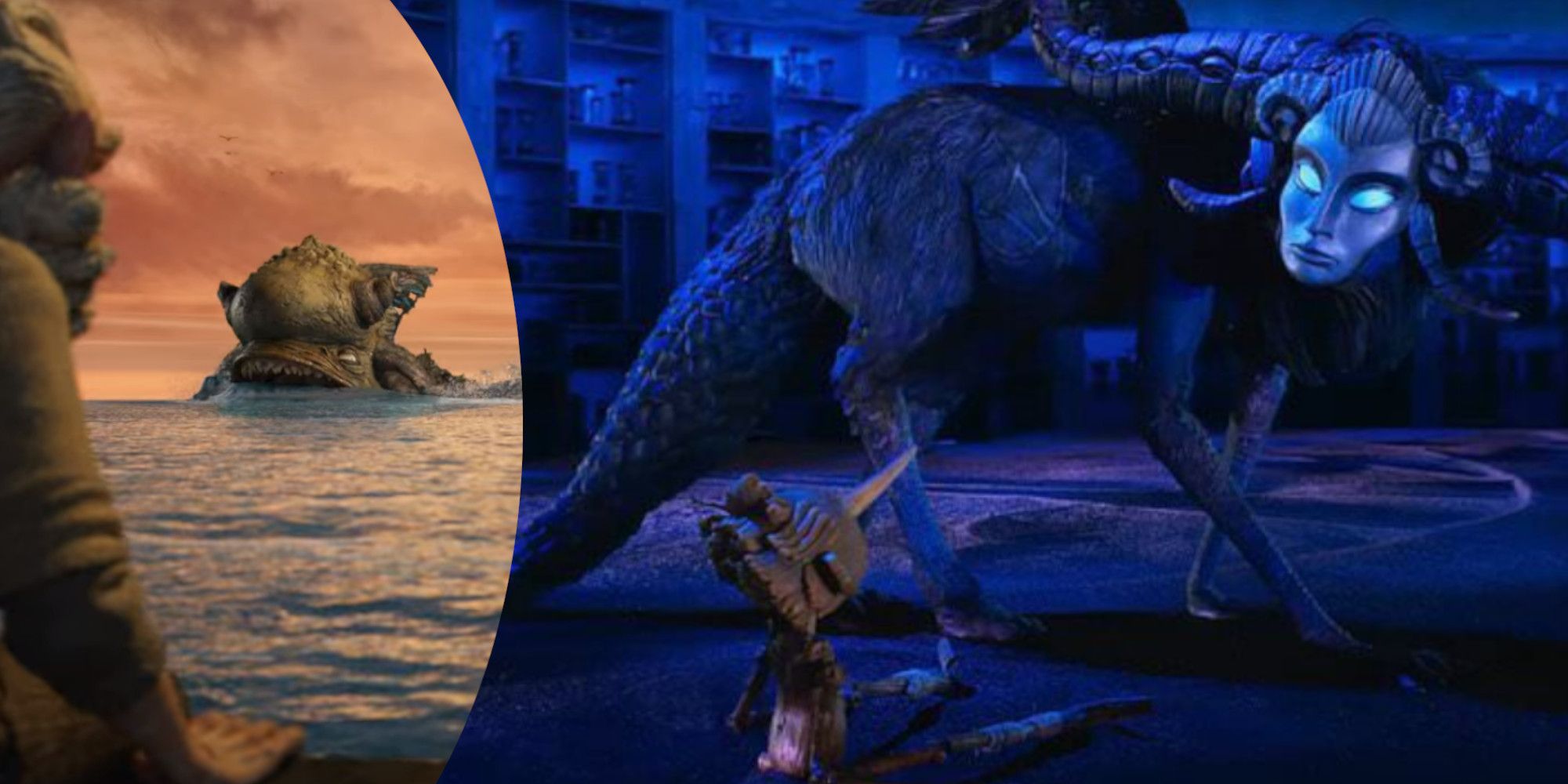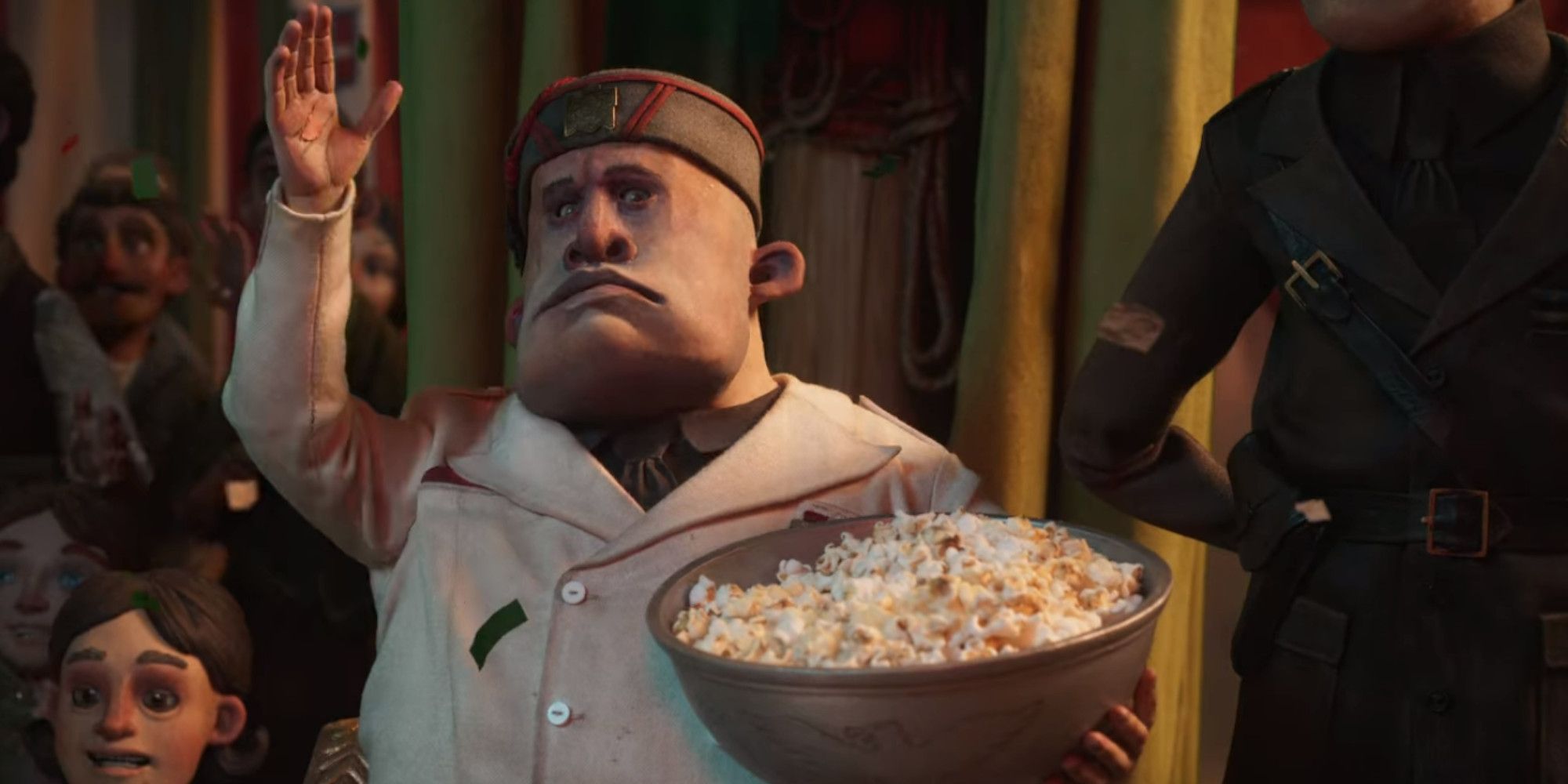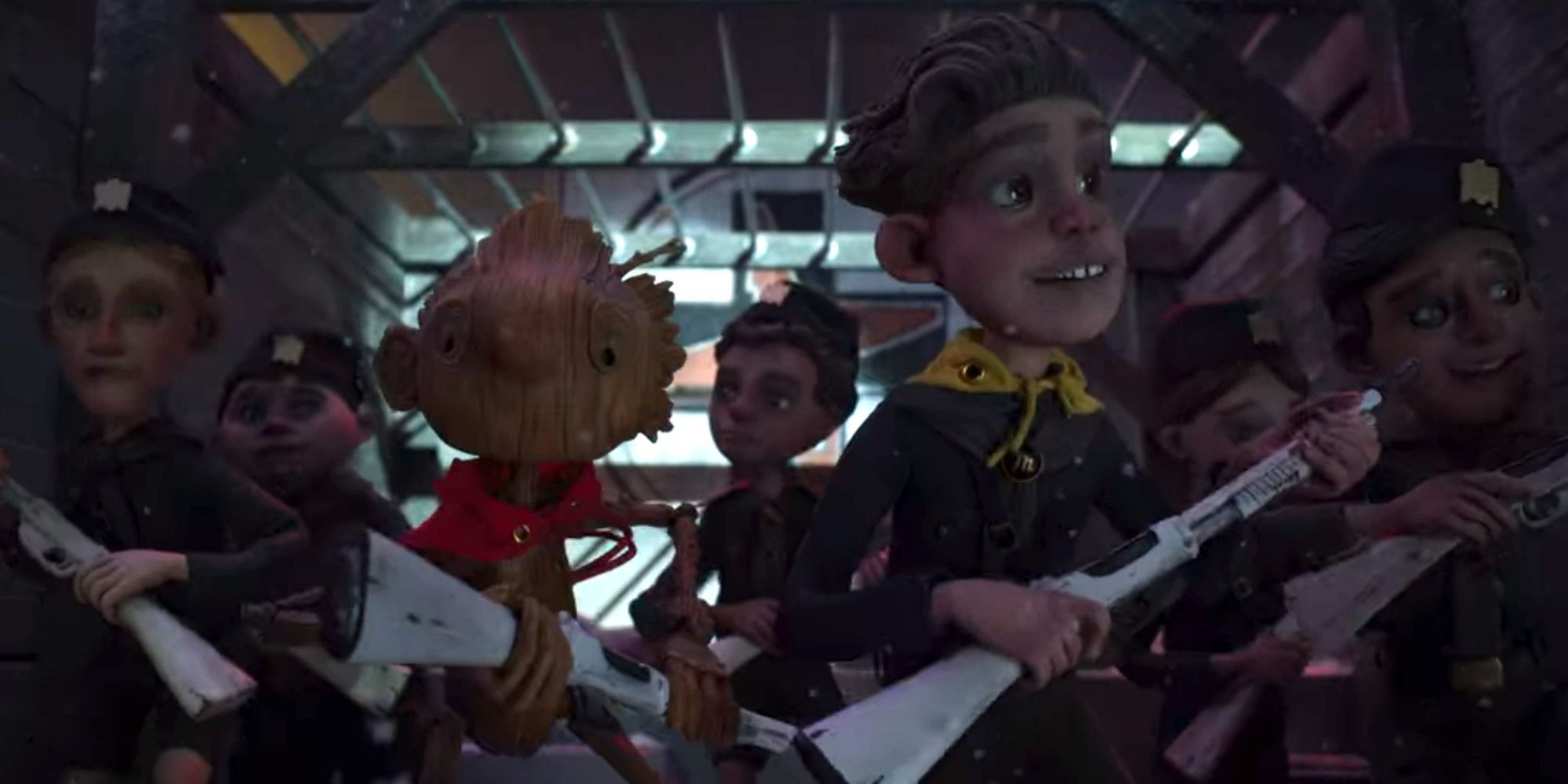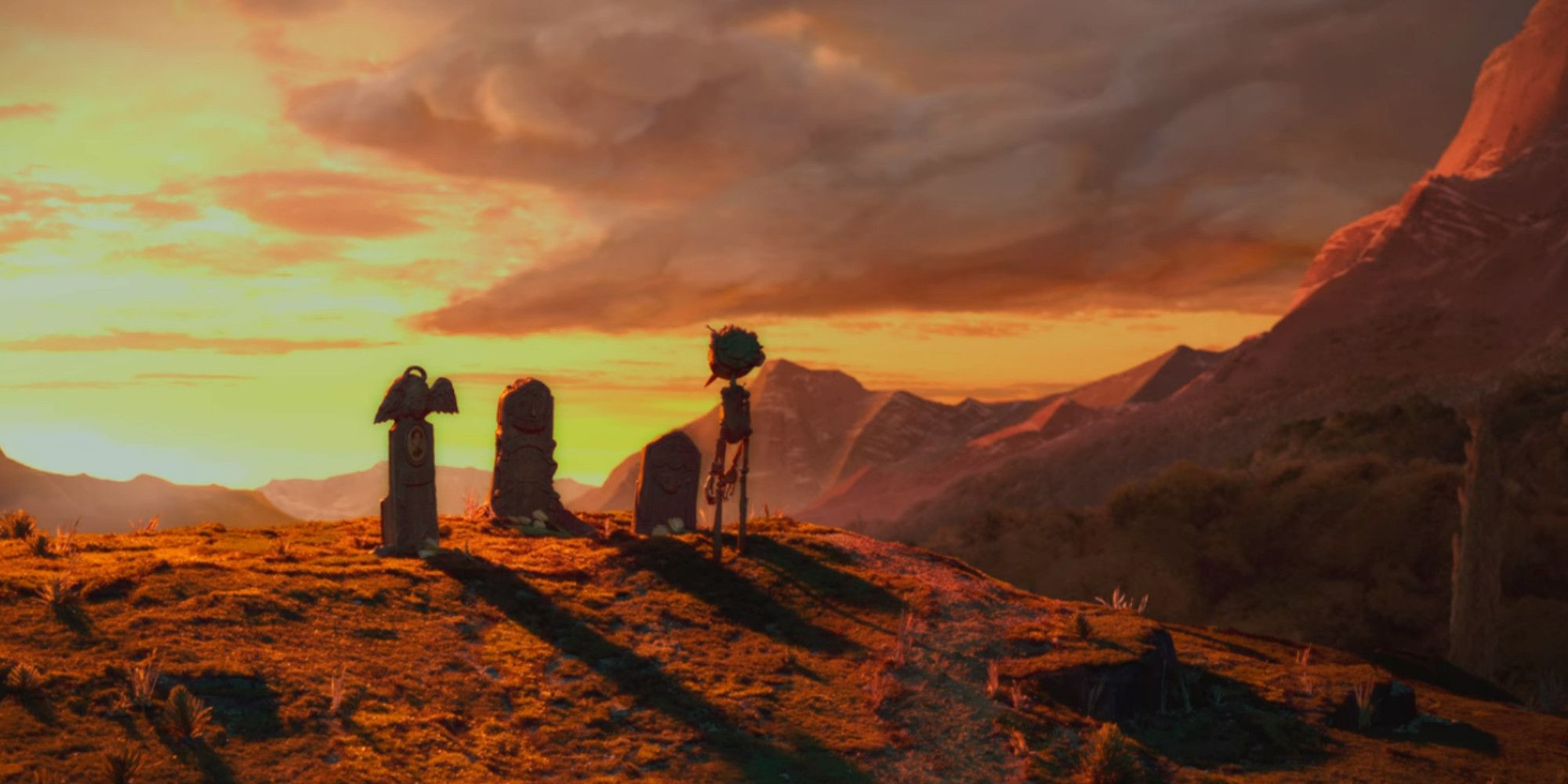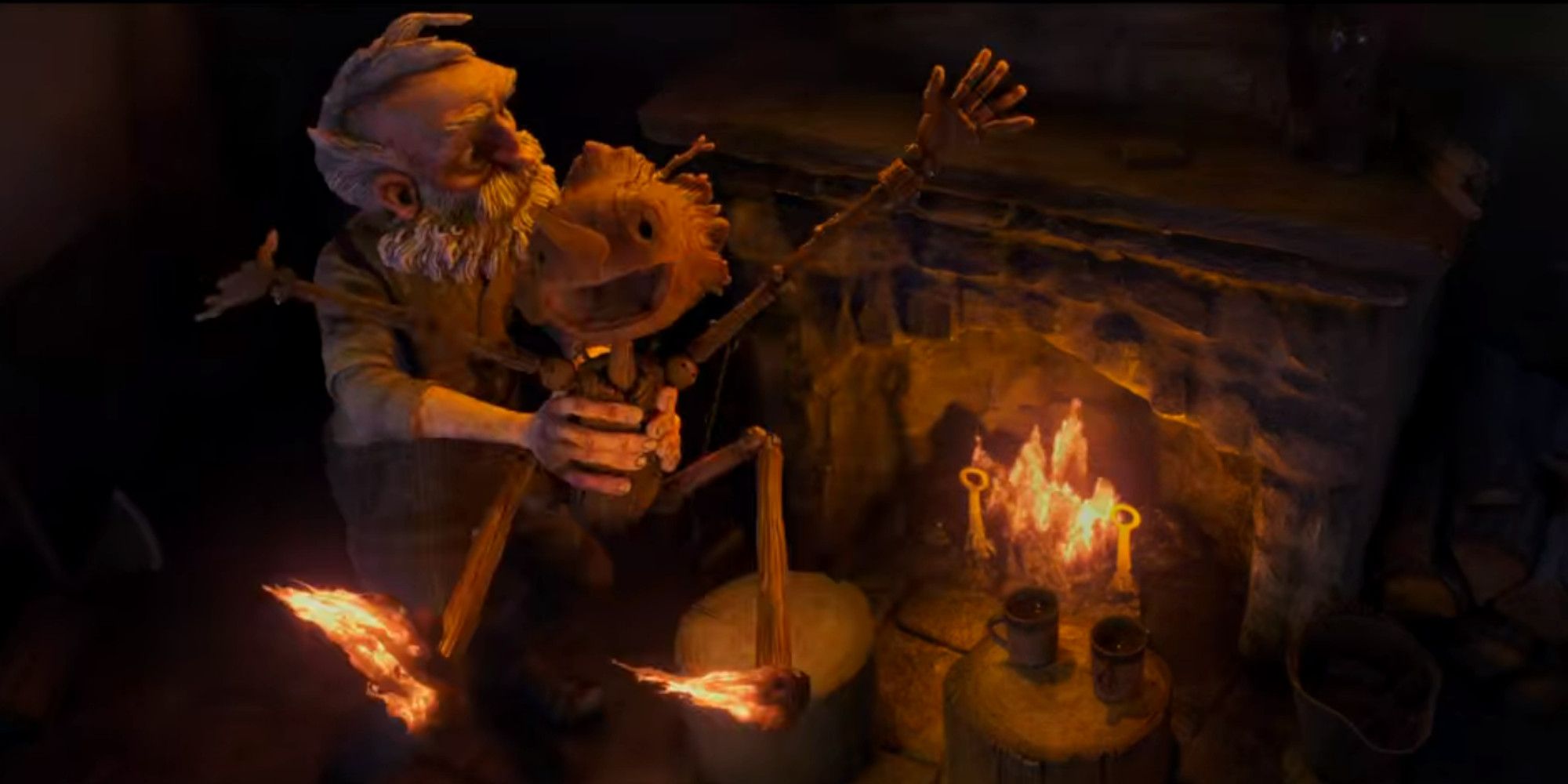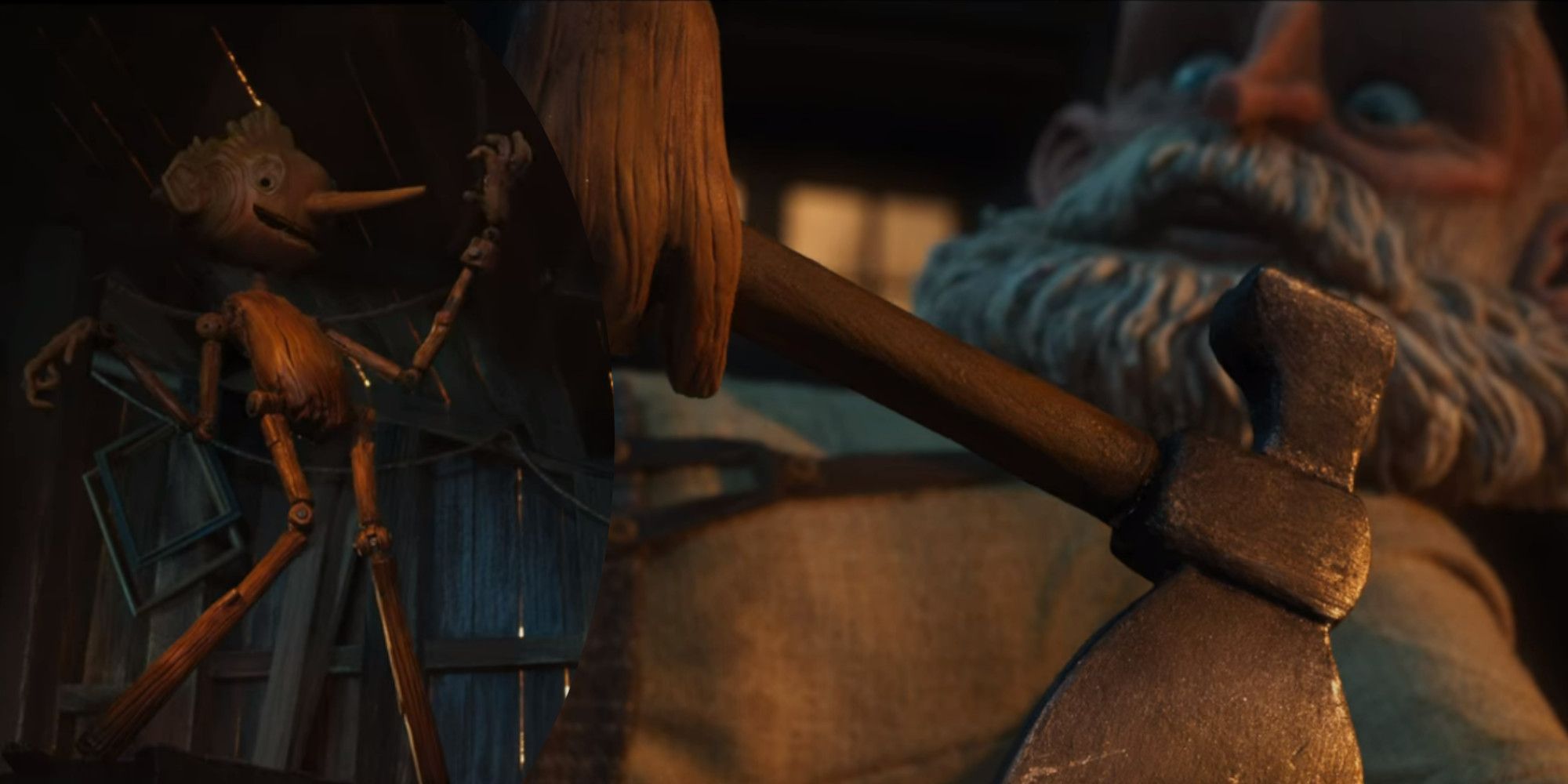This filmmaking mastermind has been sitting on this concept for years, patiently and persistently working to get his personalized Pinocchio project up and running, and boy is it worth the wait! Nowadays, most features flop without a strong CGI element, and traditional storytelling techniques have subsequently become a thing of the past. However, Guillermo del Toro's Pinocchio charmingly captivates the essence of the story without leaving the audience craving additional special effects to liven things up.
Prepare to meet a Pinocchio like never seen before, with his garish features and supernatural storyline brimming with unexpected tropes and unpredictable plot twists at every turn. Adults and courageous children all have something to learn from watching this film, which couldn't be any less Disney-inclined if it tried!
8 The Cast
Top-notch celebrities did not shy away from Guillermo's projects, and this star-studded cast certainly worked their magic with his Pinocchio adaptation. Fans have Game of Thrones' David Bradley to thank for Geppetto along with Burn Gorman from The Dark Knight Rises, who is in a more Priestly role this time around. The original Hellboy, Ron Perlman, gives life to the failure-of-a-father, Podesta, while Stranger Things' Finn Wolfhard voices his son, Candlewick.
The animals get as much A-List attention, with Ewan McGregor standing in as Sebastian J. Cricket and the captivating Cate Blanchett contributes to Spazzatura's character. The vengeful voice of Count Volpe belongs to none other than Christoph Waltz while the assistants of the Underworld have been left to The Incredible Hulk's Tim Blake Nelson with Tilda Swinton from Doctor Strange and Constantine as Death (and the Fairy Godmother Sprite).
7 The Animation
Not everyone appreciates labor-intensive stop-motion animation, and Guillermo truly struggled to get his feature funded. However, after fifteen years of dedication, Netflix finally sealed the deal. Creating a story about a wooden puppet from, well, puppets, seems rather straightforward. Nevertheless, authentic timber versions ironically didn't make the cut, and 3D-printed performers were used instead. To give Pinocchio a more genuine feel, the team used chestnuts and other wooden objects to create the appropriate sound effects for his movements.
It took almost three years for the project to wrap up, which is impressive seeing that, on average, one full day of work produces about five seconds worth of stop-motion footage, and a Netflix Special has been dedicated to exploring behind-the-scenes footage. Pinocchio can now join the likes of Fantastic Mr. Fox, Jack Skellington, and Coraline as one of the most thought-provoking puppeteering masterpieces to hit the screens.
6 All The Mythology
While talking critters and Fairy Godmothers are fantastical in their own right, Guillermo pulls out all the stops by creating unique creatures that are strongly influenced by well-known mythology from across the globe. Disney's giant whale may have scared viewers in their youth, but it doesn't hold a flame to the colossal sea beast that Geppetto faces this time around, which seems to reference Odysseus' terrifying foe, Charybdis.
Death is a mystical Goddess fashioned after the Egyptian Sphynx, which resides in a realm that Neil Gaiman's Morpheus could happily call home. Her counterpart, the Wood Sprite, guides Pinocchio into the world of the living and has strong seraphim roots, particularly with those eye-encrusted wings (a Biblical reference). However, her creep factor is intensified and seems to draw inspiration from Greco-Roman harpy imagery and an eerie, ethereal color palette.
5 The Subtle History Lesson
The major theme of Guillermo's Pinocchio likely caught many unsuspecting viewers by surprise, as the concept of war ominously hangs over the formerly-lighthearted story. Seeing the Nazi Solute in an animated setting is quite jarring, emphasized by the bombs, guns, and fighter jets that make their own appearances, all circling back to the tyrannous reign of Benito Mussolini, aka the Father of Fascism.
While Hitler bears the brunt of most of the backlash for WWII, not many people are aware of Mussolini's significant contribution to the bloodshed and how severely the Italians suffered as a result. The strong religious aspects are likely in reference to the controversies of Pope Pius XI aligning with Il Duce, which is not common knowledge either and has been thoroughly investigated by historian David Kertzer, who published his findings in 2014.
4 The Action
There are some entertaining action sequences sprinkled throughout Pinocchio's adventures. However, the top two contenders are arguably the Paintball Shoot-out and the Battle of the Beast. To distract from the severity of the child soldier situation (this is a PG film, after all) the boys are sent to battle it out in an epic paintball-fueled Capture-the-Flag-type competition. The youngsters' joy is absolutely contagious and they learn a valuable lesson about teamwork. Unfortunately, Podesta is not as satisfied with the results.
Later on, as expected, Geppetto is swallowed by a sea-dwelling creature while traveling aboard a ship, but this beast has razor-sharp teeth and a belly big enough to house a lighthouse (and more!) Pinocchio finally joins his father as they attempt to escape from the "Dog Fish," but inadvertently end up blowing it up. This scene is filled with tension, suspense, and some heartache, but ultimately teaches Pinocchio precisely what he needs to learn about love.
3 The Life Lessons
While the life lessons in most movies might be a bit on the nose, Guillermo treats these particular "aha moments" more delicately, catering to a wider audience in the process. Firstly, he shows that not all obedience needs to be blind, as authoritarians may be drunk with power, and personal discretion is often required when following orders. Secondly, perfection is but a ruse; even the parents, who demand the best from their sons, have flaws of their own and should apply some compassion. Even the perfect pine cone produced an insolent and "cursed" puppet.
The greatest wisdom to absorb from this film concerns the meaning of life and the fact that it should be cherished for its finality. Pinocchio is initially unperturbed by his immortality. However, he learns the hard way that watching loved ones die around him while he carries on living is not a reward to boast about.
2 The Comedy
It may appear that Guillermo has stuck to a melancholic vibe with Pinocchio, but that is hardly the case, as there are many side-ticking scenarios packed into the plot. Some are rather tongue-in-cheek, such as comparing Il Duce to a duece (of the fecal variety), whereas gags like the puppet setting fire to his own feet and getting upset when the flames get extinguished are subtle enough to give younger viewers a giggle.
Sebastian Cricket offers up some slap-stick comedy all over the show, as he is cut off every time he attempts to break out into song and gets squashed repeatedly throughout the narrative. The trips to the Underworld are also uncharacteristically enjoyable, particularly when watching the Black Rabbits going about their "menial" business.
1 The Creepy Vibes
Those familiar with Guillermo's previous work with showstoppers such as The Shape of Water, The Hobbit, Pacific Rim, and Pan's Labyrinth are pleased to see the filmmaker's spooky undertones make it into his Pinocchio adaptation. The nightmarish elements and fantastical creatures add to the rich world-building and certainly aligns more with the energy of Coraline than Wallace and Gromit, which is more fitting to the context after all.
The key characters cannot be accused of causing a cuteness overload either, as Sebastian is barely anthropomorphized and most of the adults appear to be quite sinister. Furthermore, the "demonic doll" and Geppetto's Frankenstein-type creation process is quite hair-raising, particularly for a "kids" animation.

